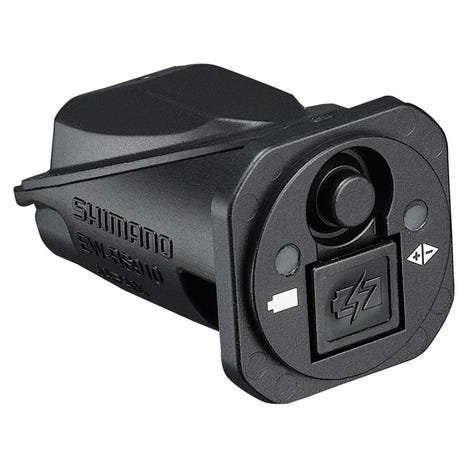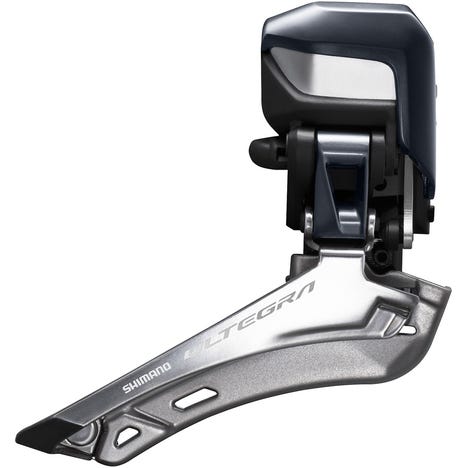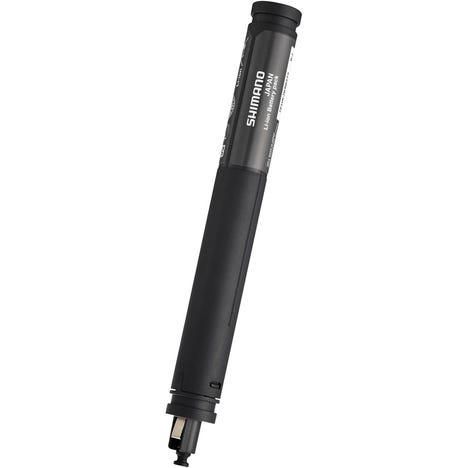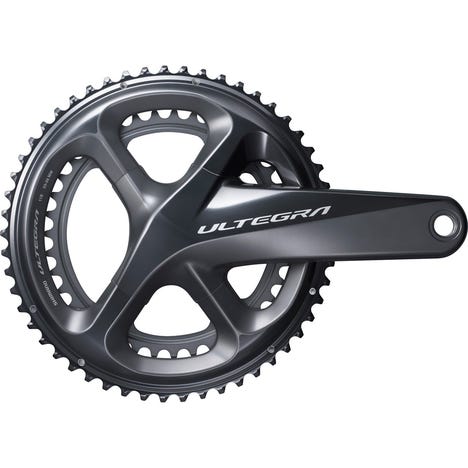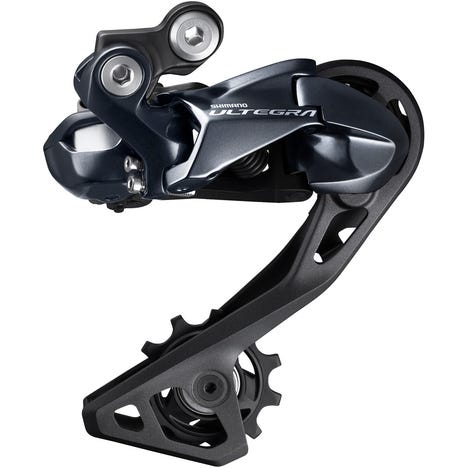Things you need to know about running a Di2 groupset
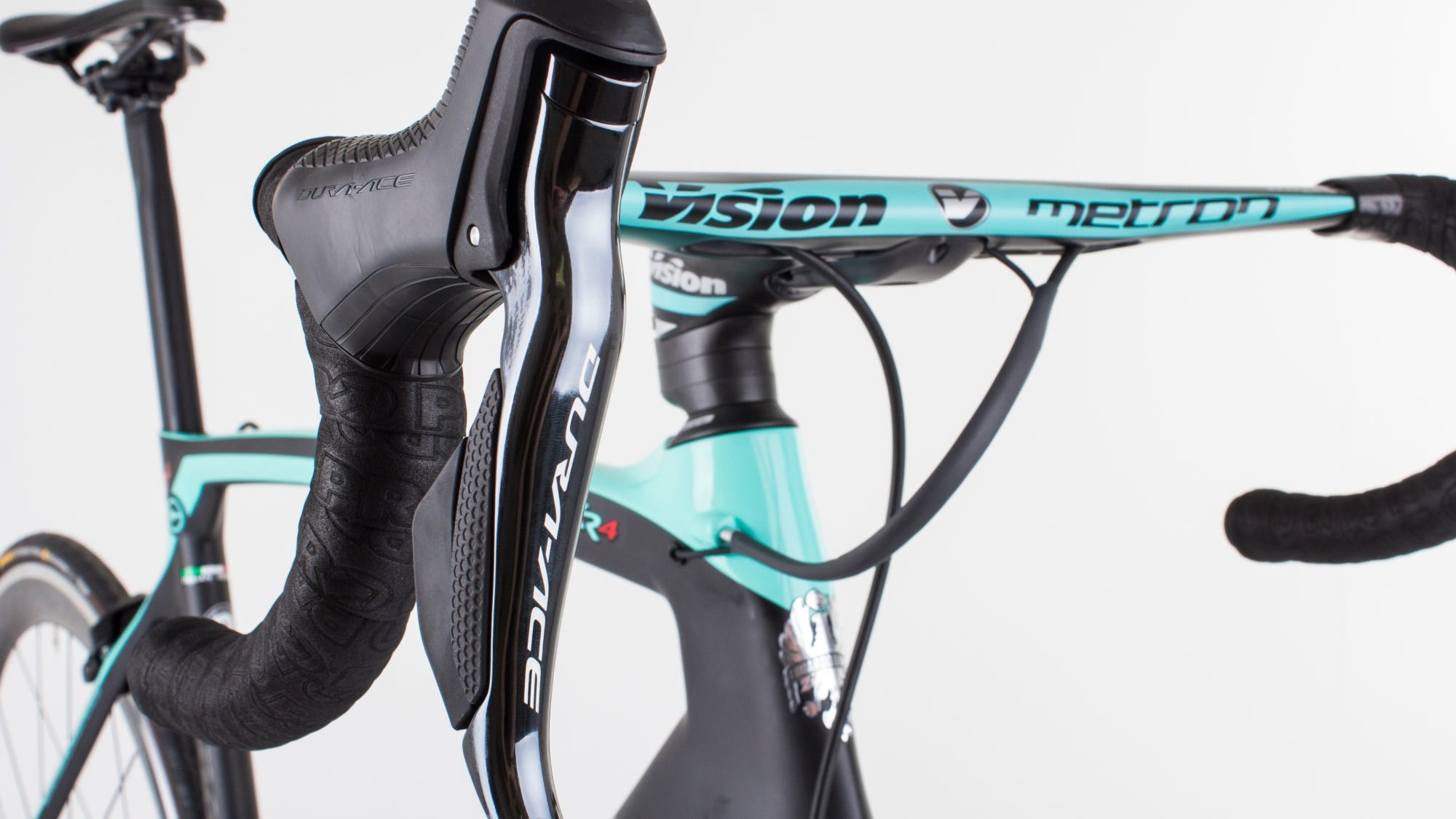
When Shimano debuted their Digital Integrated Intelligence (Di2) system back in 2009 it really changed the game in terms of shifting on a bike. It also started a great debate like all new things in cycling - disc brakes on road bikes, anyone - because there’s nothing cyclists of all varieties like more than to have an argument about whether something is better than something else.
Still, over a decade later and almost all high end road bikes come equipped with some form of electronic shifting, so it’s fair to say that it caught on.
But if you’re new to Di2 - or curious as to how it works - we’ve put together a guide on a few of the things you need to know to get the most out of your Di2 groupset.

How to check battery level
There are four junction boxes you can use with the latest Di2 systems. One of them - the SM-JC41 is the bottom bracket junction that is used to connect the front and rear mechs and the battery to the cable the runs to the shifters. This one you need to use.
The other three - SM-EW90A, SMEW-90B and EW-RS910 are the junctions used for charging the system, checking charge level, changing shift mode and entering mech adjustment mode - all the super smart things that make Di2 such an innovative system. Those first two junctions are the ones that you’ll see on bikes most commonly under the stem, and the EW-RS910 is the newer junction that fits either in the bar end of your handlebars or, on some frames, in a specific port int the down tube.
The first thing to know about the junction boxes is how to check Di2 charge. To do this you just hold down a shift button for 0.5secs or more (we’d recommend holding down the front derailleur switch for the ring the bike is already in so that the system doesn’t actually try and shift). The junction box light will come on and show you the charge level of the system:
- 100% charge - light illuminates green for 2secs
- 50% charge - light flashes green 5 times
- 25% charge - light illuminates red for 2secs
- 0% charge - light blinks red 5 times
When the battery level is low, the front derailleur will stop shifting first. When that happens the systems has a small number of rear mech shifts left to help you get home.
Know what synchro shift is
The other great thing about Di2 is how easy it is to tweak and customise. For example, double clicking the button on the junction box will put you into shift mode selection where you can choose between manual shifting, semi-synchro shifting or full synchro shift. Manual shifting needs no explanation, while semi-synchro shift is a mode that shifts the rear derailleur automatically when you shift the front derailleur to make your shift between gears as smooth as possible and avoid any jumps in cadence.
Synchro shift is where the system decides what you need to do for you. All you do is press a shift lever and the bike will change into the next most suitable gear. It’s great for newer riders but can be an adjustment for seasoned cyclist who already have a fixed way that they like to shift.

Using derailleur adjustment mode
Adjustment mode allows you to fine tune the position of the rear derailleur using the shift buttons. Like all rear derailleurs, before you start adjusting anything you need to make sure that the high and low limit screws are in the correct position to stop the chain shifting off the large and small cogs on the cassette.
To enter adjustment mode, hold down the junction box button. Exactly how long depends on what battery you have, and you can check that here. Best practice for this is to shift the chain to the small chainring at the front and the fifth largest cog at the back before you enter adjustment mode. Once you’re there and in adjustment mode, shift the mech until you can hear the chain rubbing slightly on the fourth largest cog. When you hear that, shift the other way 4 times which sets the mech in the correct position and you’re ready to ride.
The great thing about rear mech adjustment mode is that it makes it far easier to adjust the rear derailleur without any tools no matter where you are. Electronic rear mechs don’t suffer from cable stretch and other things that can make a mechanical derailleur go out of alignment so you shouldn’t need to do it often (if at all), but if you do it’s just a few button presses away.
Customising your shift buttons
If you add the bluetooth unit (EW-WU111) to your Di2 then that makes the whole thing customisable from a phone or tablet using Shimano’s E-Tube app. By customisable we mean fully customisable. You can literally define what each button on the bike does and configure your shifting to act just the way you’ve always dreamed of.
You can also turn synchro or semi-synchro shifting on or off, change the speed at which the bike shifts gear and even define how many gears the bike will shift with a single button press. The other really useful feature is the ability to update the firmware of all your Di2 components and keep them up to date. It’s more important than you might think. The great thing is that you don’t have to have the very latest groupset to use this. It’s compatible with Ultegra 6770 and Dura-Ace 9070 and newer, so you can update your groupset to include functions that were released after it was.
Crash mode and how to disengage it
Crash mode is a function on the rear mech that does exactly what you think it does: protects the mech in case you have a spill. Tecnically Shimano calls it the Rear Derailleur Protection Function, but that's not as catchy as crash mode.
It works by disengaging the motor from the shifters so the mech wont function, so until you remove it from crash mode it'll be completely unresponsive if you try and shift. No matter which style junction box you have (EW-RS910 or SMEW90) then hold down the button on the junction box for 5 seconds while turning the cranks. The light will go solid red, then flash red, then the mech will spring back into life and cycle the chain up and down the cassette and you're good to go.
If you do crash, though, remember to check your derailleur alignment because that's the main cause of poor shifting after a crash.
Remember, if you need to know anything about your Shimano groupset and how to set it up (no matter whether you're riding Di2 or mechanical) you can find all the manuals over at si.shimano.com, it's a superb resource for everyone who rides Shimano.

